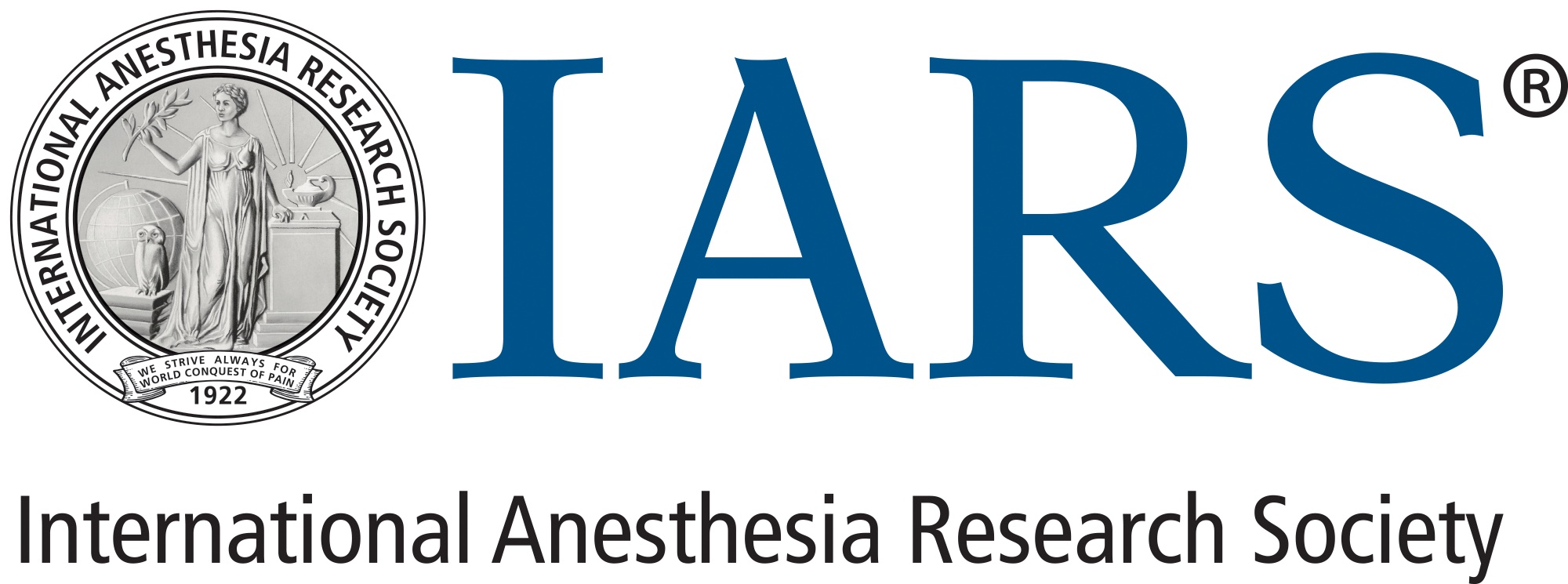Stabilizing the Critically Ill Parturient: Lessons from Obstetric Intensivist Experts
Jordan Francke, MD, MPH
The final morning of the 2025 Annual Meeting, presented by IARS and SOCCA, concluded with an excellent panel, “Obstetric Critical Care, Clinical Strategies to Improve Maternal Mortality in our ICUs: Pearls for the Intensivist,” on Sunday, March 23, moderated by Mohamed Tiouririne, MD, a dually trained anesthesiologist and obstetrician/gynecologist and professor of Anesthesiology at the University of Virginia School of Medicine. In this session, panelists reviewed the current understanding of how to best manage the critically ill parturient presenting with cardiomyopathy, coagulopathy, and sepsis.
The first speaker of the panel, Ioannis Angelidis, MD, MSPH, an assistant professor of Cardiac and Obstetric Anesthesia and Critical Care Medicine at the University of Pittsburgh Medical Center, focused on common cardiac lesions in the pregnant patient and recommendations for their management. He described the diagnostic nuances between preeclampsia, gestational hypertension, and HELLP syndrome. He then reviewed the pathophysiology of peripartum cardiomyopathy (PPCM), which is in part believed to be attributed to elevated prolactin, and thus bromocriptine (a potent therapy to reduce central prolactin secretion) has been shown to have efficacy in PPCM treatment. PPCM and Takotsubo cardiomyopathy (a condition characterized by stress-induced cardiomyopathy) may be difficult to distinguish, but Dr. Angelidis recommends utilizing the following modalities to differentiate: 1) Takotsubo cardiomyopathy is more associated with myocardial infarction, so obtaining serial troponin levels and electrocardiograms looking for ST-changes may elucidate etiology. Additionally, 2) transthoracic and transesophageal echocardiography may identify global hypokinesis versus apical hypokinesis, the latter of which is more pathognomonic of Takotsubo cardiomyopathy.
Kaitlyn Brennan, DO, MPH, a critical care and obstetric anesthesiologist, assistant professor of Anesthesiology Critical Care Medicine and Obstetric Anesthesiology, and Clinical Director of Maternal Critical Care at the Vanderbilt University Medical Center, reviewed her recommendations in management of pregnant patients with hemorrhagic shock. She reminded the audience that the criteria of postpartum hemorrhage (PPH) were changed by the American College of Obstetrics and Gynecology in 2017 (https://www.acog.org/clinical/clinical-guidance/practice-bulletin/articles/2017/10/postpartum-hemorrhage), and PPH is now defined as “a cumulative blood loss of ≥ 1,000 mL or blood loss accompanied by signs or symptoms of hypovolemia within 24 hours after the birth process.”
Notably, this definition applies to both vaginal and cesarean deliveries, whereas the previous definition had differential blood loss volumes depending on mode of delivery. Obstetric hemorrhage contributes significantly to maternal morbidity and mortality in the United States, and Dr. Brennan believes that much of this may be attributed to unrecognized or undertreated disseminated intravascular coagulation. In addition to the routine uterotonic medications of oxytocin, methylergonovine, carboprost, and misoprostol, Dr. Brennan suggests utilizing calcium as an effective fifth uterotonic based on data from a randomized clinical trial completed at Stanford University in 2022 (https://pubmed.ncbi.nlm.nih.gov/35447502/).
Dr. Brennan reviewed the various surgical interventions that can be performed in patients with PPH, including B-Lynch sutures, intrauterine balloon tamponade, and uterine artery embolization. She concluded with a strong recommendation that any patient with significant obstetric hemorrhage has serum fibrinogen assessed (with a goal of fibrinogen > 400 mg/dL at term), and that fibrinogen concentrate should be considered in any parturient with blood loss > 1,500 mL.
The session’s final speaker, Emily Naoum, MD, a critical care and obstetric anesthesiologist and clinical instructor at the Massachusetts General Hospital, presented remotely and focused on peripartum sepsis. Dr. Naoum began her recording with a review of the World Health Organization definition of maternal sepsis and the best estimations available of its prevalence. Sepsis is a significant contributor to ICU admissions and maternal morbidity and mortality, and may often go unrecognized. For example, in one study conducted by the University of Michigan (https://pubmed.ncbi.nlm.nih.gov/26348189), 25% of all deaths secondary to maternal sepsis never developed a fever. Therefore, clinicians must maintain a high index of suspicion when peripartum patients develop undifferentiated hypotension.
Dr. Naoum introduced the audience to a tool she commonly uses – the California Maternal Quality Care Collaborative (CMQCC) Initial Sepsis Screen – which may be used to more effectively identify patients at-risk. Other assessments also exist, including Modified Early Obstetric Warning System (MEOWS), Sepsis in Obstetrics Score (SOS), and the UK Obstetric Surveillance System (UKOSS), which each have advantages and disadvantages. Once maternal sepsis is identified, Dr. Naoum recommends treatment similar to nonpregnant patients: timely antibiotic administration, fluid resuscitation, source control, and vasopressor titration to maintain a MAP > 65 mmHg.
Dr. Naoum concluded by reminding the audience that unlike in nonpregnant patients, the critically ill parturient has another marker of end-organ perfusion: the fetus. Fetal heart tracing can be an excellent tool to monitor for response to sepsis therapies, and often the tracing improves significantly as maternal sepsis treatment progresses.
International Anesthesia Research Society
